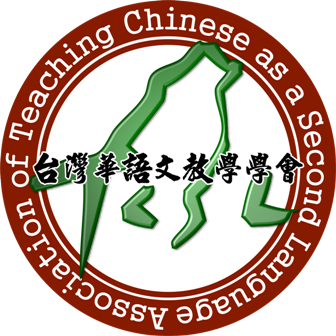目錄
Table of Contents
華語教學之實務應用研究
- 香港非華語學生中文課程的實施:困境與對策 李詠達
摘要:香港的中文作為第二語言教學的課程,除了由大專院校開辦的對外漢語課程及國際學校提供的中文課程外,還有近年備受關注的面向非華語學生(Non-Chinese Speaking Students)的中文課程。本文旨在評介香港非華語學生中文課程的實施狀況及其特色,通過對有關文獻及統計資料的考查與分析,探討當中的教學困境與對策。研究針對目前非華語學生中文教學在課程、評估及師資方面的不足展開論述,建議當局考慮從以下三方面加以改善:一、改革課程設置,重新審視對非華語學生的語文教育政策,積極考慮另設一個適應非華語學生學習需求的中文課程,與本地華裔學生的中文課程雙軌並行;二、優化評估機制,建立適用於香港本地的中文作為第二語言能力的評核基準,客觀反映非華語學生的中文學習進度和能力水平;三、加強校本支援及師資培訓,針對目前非華語學生中文教材不足、教師工作量大的情況,增撥資源加強校本專業支援,並與大學及研究機構合作,提供合適的教師培訓及開發教材資源等,以改善目前的教學困境,提升教學成果。
專欄:臺灣華語教學發展的歷史回顧
- 范慧貞老師專訪-華語教學生涯之回顧與展望 陳秀慧、 梁安琪、曾詩敏
- 興趣與熱情交織而成的志業 專訪臺灣師範大學國語中心資深華語教師-張英彥老師 陳憶華 、 梁允禎
華語教學實務分享
- The Status of Chinese Language in the Philippines: With Special Focus on Grace Christian College Zenaida P. Lumba
- 邁向國際化:解析華語熱浪延燒菲律濱之概況 吳佳玲、黃婷婷、陳宏濤、林芳惠
- 菲國華語教學細談 許麗月
- 華語教學在菲律賓-以靈惠學院華語文化研究中心為例 蔡惠名
- 回顧菲華新文學與華教關係 陳若莉(九華)
- All You Need is Love: An Affective Approach to Encouraging Chinese Language Study Joshua Kellard
- 大數據-數位學習軌跡翻轉教室,傳統華語文教學領域所面臨的危機 吳玉燕
- 菲律賓基礎教育體制改革下的華校 黃端銘
- 菲律濱基督教靈惠學院師資培育與數位應用 黃婷婷
- 知識翻新型師資培訓之實踐報告-以菲律賓靈惠學院華語教師為對象 鄭立民
- 靈惠推廣菲律賓漢字書法教學 黃婷婷
教學實習觀想
- 菲律濱靈惠學院時習心得 吳奇瑾
- 菲律濱基督教靈惠學院華語文教學實務經驗分享 陳柏璋
- 靈惠學院實習心得 蘇郁璇
活動報導
- 2016年台灣華語教學年會暨國際學術研討會沙龍座談會紀錄
